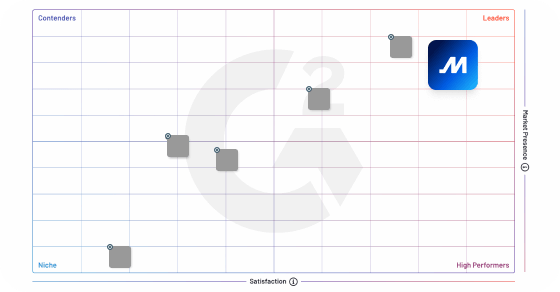The driving window, in the context of the trucking industry, refers to the maximum time limit that a commercial driver can operate a vehicle legally. It is a critical component of the regulations set forth by the Federal Motor Carrier Safety Administration (FMCSA) to ensure the safety of commercial motor vehicle drivers and all other road users.
The driving window is determined by the hours-of-service (HOS) regulations, which dictate the maximum amount of time a driver can operate a commercial vehicle without taking a break. These regulations are designed to reduce the risk of fatigue-related accidents, which can be particularly dangerous in the trucking industry due to the size and weight of commercial vehicles.
The current HOS regulations stipulate that a driver can operate a commercial vehicle for a maximum of 11 hours in a 14-hour window, after which they are required to take a mandatory 10-hour break. Additionally, drivers must not drive more than 60 hours in a seven-day period or 70 hours in an eight-day period.
It is essential for trucking companies and drivers to adhere to these regulations to avoid penalties and fines, as well as to ensure the safety of themselves and other road users. Violations can lead to civil penalties, suspension of commercial driver’s licenses, and even criminal charges in some cases.
Frequently Asked Questions
Is the 14-hour driving window usually thought of as a daily limit?
Yes, the 14-hour driving window is generally considered the daily limit for commercial truck drivers in the United States. According to the Federal Motor Carrier Safety Administration (FMCSA), truck drivers are allowed to be on duty for up to 14 consecutive hours, but they must take a break of at least 10 hours before starting another driving shift. Within the 14-hour window, drivers can only drive for a maximum of 11 hours.



